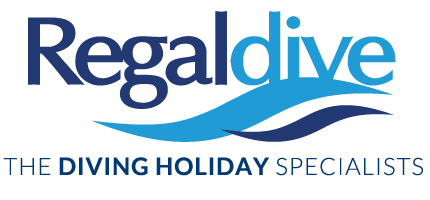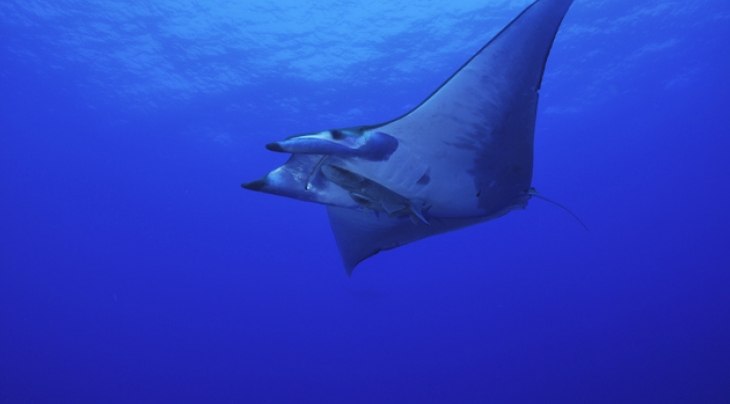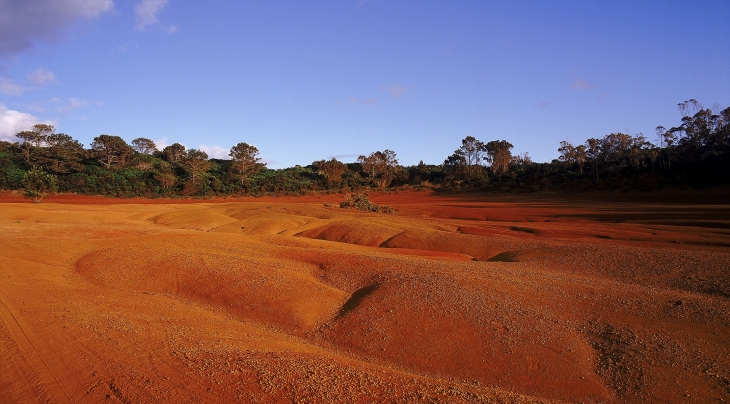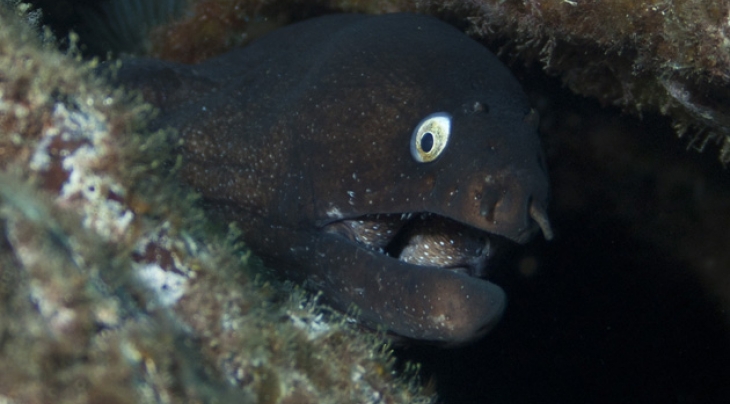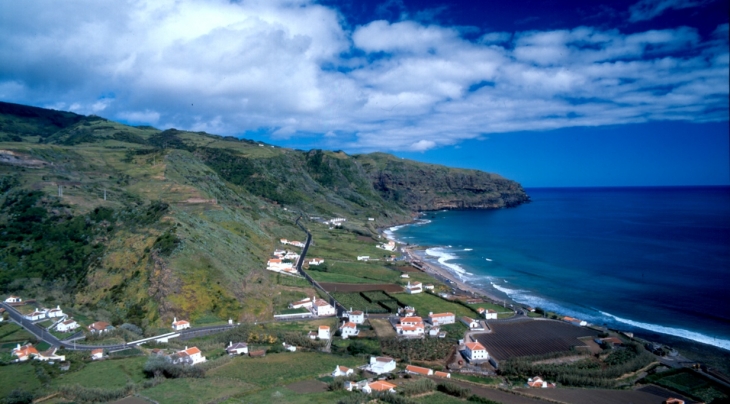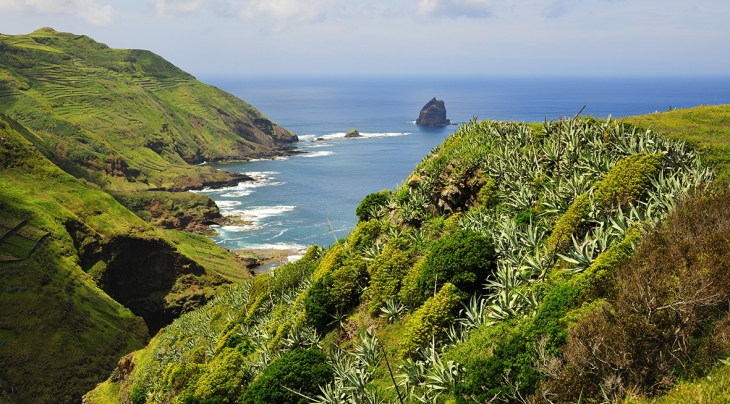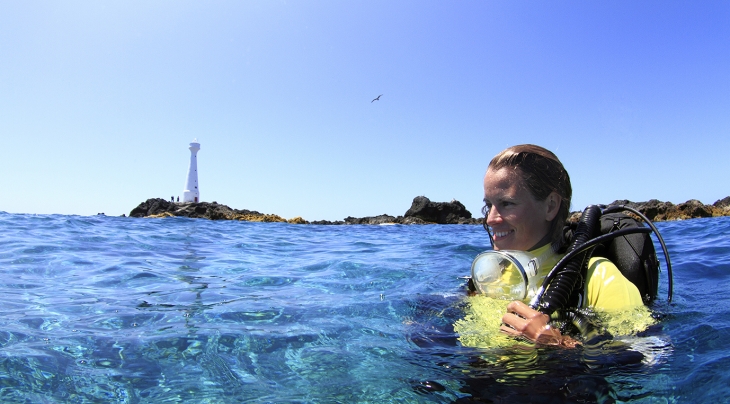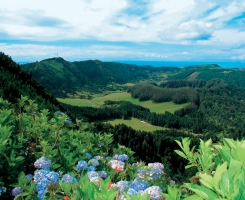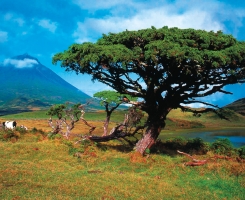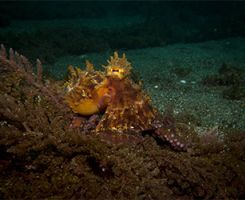- More More
- Blog
- Inspire me
- Groups
- Offers More
- Dive Courses More
- Liveaboards
More

Liveaboard Trips
On-board accommodation offering the opportunity to live right over the dive sites and to experience secluded dives...
Diving regions...
- LATEST AVAILABILITY BY REGION
- Red Sea availability
- Maldives availability
- Indonesian availability
- Socorro Mexico availability
- Galapagos availability
- ALL LIVEABOARD DIVING REGIONS
- Bahamas
- Bikini Atoll
- Caribbean
- Cocos Island
- Destinations
MoreDIVING REGIONS...
Our Top destinations....Why not try....
Find a trip
- Resort
- Liveaboard
Santa Maria
Azores Facts
Area: 2300 sq. km
Population: 237,000
Language: Portuguese & local dialect
Time: GMT -1
Electricity: 220v, 50Hz, 2 pin plug
Santa Maria differs slightly in character to its neighbours through its dryer, warmer climate as the island is older, and therefore flatter and lower lying. The small island is mountainous in the centre, with plunging cliffs and pretty hillsides sloping towards the ocean. There are great places to swim as well as dive, and the island has one of the only true pale sand beaches.
Christopher Columbus sought refuge here in 1493 on his return from America, and you can take yourself back in time to through the 15th century streets of Vila do Porto and its cliff top fort.
Fertile volcanic terraces formed by man and nature, allow vines, wheat and corn to grow. Out of the water, you can enjoy the numerous walks and swims around the stunning coastline.
Read Jo Mattock's article on the Azores published in the August 2012 issue of DIVE magazine
Santa Maria Diving
The island of Santa Maria offers a variety of dive sites to suit less experienced divers, or those ready for more challenging open sea dives in the blue. The island benefits from reasonably good underwater visibility, and offers rocky and sandy sea beds, caves and wrecks. All diving is done from RIBs.
Please note that many dive sites in this area are subject to tides and current. Your own reel and DSMB and experience in its use are vital pieces of kit. The dive centre will do its best to plan each dive in optimum water conditions according to the tide times.
Early booking is recommended for the peak diving months of June through to September, as space at the dive centre and on their boats is restricted.
Pedrinha
A lovely local site, a short way from the dive centre, formed of lava pinnacles. You can stay shallow or go a little deeper descending to around 30m, and enjoy weaving through the small coral formations and over the lava plateau. Moray eels, Grouper, Damsel fish and Yellow Cluster Anemone are frequently spotted at this site.
Penedia da Maia
Around 9 nautical miles to the east of the island and sitting around 100 metres from shore, the top of the pinnacles sit at about 3 - 12 metres. A stunning wall drops to just over 30 metres with cave features, where grouper, trevally and tube worms may be found.
Ambrosio
Do you like hanging on a moored rope in the blue, as schools of Mobula rays feed in the current? Ambrosio is a pinnacle starting at 46 metres out of reach from the recreational diver, but the moored buoy makes this dive accessible to most divers. From around late June to mid-October, the rays come to feed, sometimes joined by tuna, barracuda or other bait fish they enjoy eating.
Formigas & Dollabarat
These dives are subject to a supplement due to the length of the trip, and local conditions permitting, but highly recommended!
Formigas - This small group of islets forming a marine reserve are reached via an exciting 30 nautical mile RIB ride, during which various cetacean species may be spotted. Formigas reef has an average depth of 15 to 20 metres but drops to over 60 meter and the offshore water visibility can be very good for the region, with 60 to 100 metres not unknown. Dives can depend on the tide and current and encounters with various pelagic species are common. This area is often dived in tandem with Dollabarat.
Dollabarat - Sitting a few nautical miles south-east of Formigas is the football pitch sized reef of Dollabarat, rising to a plateau from 1,000 metres and dropping to 100 metres depth, peaking at an average of 15 metres. The light reflects off the local coloured rock, again in off shore water visibility that is well above average for the region. Mantas, mobula rays and sharks may be spotted, as well as numbers of island grouper and larger grouper.
How to get there
Fly to Sao Miguel on the summer direct charter (1x per week), with an overnight stay, before joining a connecting internal flight (daily), or fly scheduled with a change in Lisbon (connections currently 1x per week on Thursday, otherwise an overnight in Lisbon is required).
Manta Maria
You are guaranteed a great diving experience with this passionate dive team! The Manta Maria Dive Centre is SSI and PADI affiliated, and have discovered a range of great dive sites and dive day trips. Situated at the marine at Vila do Porto, the dive centre will pick you up from the Hotel Colombo each day.
All dives are operated from RIBs, dive sites vary from close by up to a range of 30 nautical miles for the more challenging offshore open sea, reef plateaux sites including Dollabarat and Formigas. Alongside Baixa do Ambrósio, these sites are seamounts which bring nutrients close to the surface allowing the marine life to expand in numbers. Encounters with devils rays, dusky groupers and turtles in season, with the possibility for whale sharks and other cetaceans either diving or from the vessel.
A typical 5 day, 10 dive package costs approximately £380. Nitrox and equipment rental is available at supplement cost payable locally. A range of diving courses are available, however to make the most of the diving that Santa Maria has to offer it is recommended to be Advanced Open Water (or equivalent) to access the submerged pinnacles. Manta Maria Dive Centre also offer snorkelling and boat trips around the island, these are typically conducted in the afternoon after diving in the morning.
Santa Maria or the Island of the Sun is the oldest of the Azorean Islands and is renowned for its dry and warm climate. It is here that Christopher Columbus sought refuge on his return from America. Santa Maria boasts one of the best beaches in the Azores and the Baia da Praia nature reserve.
Climate
The Azores have a maritime climate with mild temperatures ranging from 16°C (60°F) in winter to a comfortable 26°C (79°F) in summer. On average there are about three to four hours of sunshine a day in winter and seven to eight in summer. Rainfall is distributed around the year, but is heavier and more frequent in winter.
Characteristic for the Azores is the wide variety of weather conditions within a short period; a single day can produce wind and calm, hot sun and showers in any combination. A typical and true remark is that if you don’t like the weather, you just have to wait 10 minutes for it to change!
Water Temperature
The waters of the Atlantic and the Gulf Stream meet at the Azores. The sea is warmed by the Gulf Stream and sea water temperature varies a mild 17ºC (62ºF) in Winter to 24ºC (75ºF) where sub-tropical and Atlantic marine life live side by side.
We recommend a double layer 5mm long suit with 5 mm shortie over, or 7mm semi-dry or similar, plus hood and light gloves. If your luggage allows, dry suit divers may want to carry their suit.
Currents and Visibility
The average visibility is 15 - 30 metres, although certain days can offer more.
There are plenty of sites sheltered from currents, although some swell and tidal surge may be encountered. Certain dives sites, such as Formigas and Dollabarat Banks are open ocean dives and as such will only be open to experienced divers in optimum weather conditions.
Time
The Azores are -1 hours behind GMT.
Currency
The Euro.
Tipping
Service charges are usually added to hotel and restaurant bills, otherwise it is customary to leave a 10% tip. Bar staff and taxi drivers also expect tips, which usually entails rounding up of the bill to the nearest Euro.
Food
The cuisine of the Azores is rich and varied. The fish dishes, the seafood, meat and cheeses, the famous wine from Pico island (once the table wines of the Czars of Russia) and the pineapple form an enviable basis for regional cooking. Don't miss the incredible home-made biscuits and cakes on offer in local bakeries!
Activities
Follow in the footsteps of Christopher Columbus in Anjos and visit the chapel, one of the oldest on the Azores, where he attended mass after returning from America.
Climb Pico Alto in the centre of the Island for oustanding views. On the southern coast, take time to visit lovely Blue Flag beaches and natural swimming pools. Keen photographers should record the colourful window frames and borders of the traditional houses which are themed according to the specific village.
Also, enjoy whale and dolphin watching trips, visit forests, go bird watching or partake in an Island tour.
Regaldive do not recommend you travel to the Azores for diving holidays, until mid-June onwards. However, you can still enjoy the whale watching and could take a gamble on the weather for diving if you wish - we are happy to organise your holiday. Best months are July, August, September and October.
Flight Information
Packages are based on the Portuguese owned SATA airline charter route which operates on a Saturday.
Quotes may be provided tailormade for travel on TAP, via Lisbon, on different days of the week.
Sao Miguel - How to get there:
Fly to Sao Miguel on Saturday, or fly scheduled from Heathrow with a change in Lisbon or Porto - several flights per week.
Santa Maria - How to get there:
Fly to Sao Miguel on Saturday, with an overnight stay, before joining a connecting internal flight (daily), or fly scheduled with a change in Lisbon (connections currently 1x per week on Thursday).
Pico - How to get there:
Fly to Sao Miguel on Saturday with an overnight stay, before joining a connecting internal flight (daily to Pico or Horta which is a short hop across the water by boat), or fly scheduled with a change in Lisbon to Horta or Pico. Horta offers the most connections.
Terceira - How to get there:
Fly to Sao Miguel on Saturday, with an overnight stay, before joining a connecting internal flight (daily), or fly scheduled with a change in Lisbon to Terceira - several per week.
Flight duration - charter:
London - Ponta Delgada: 4 hours
Departure tax: None
Passports & Visas
Passengers travelling to the Azores should have minimum six months valid on their passport from the date of return to the UK. Valid passport photo ID required for travel.
Normal rules for entry to EU territory apply for British passport holders. It is your responsibility to check that your passport complies. No visa required.
Vaccinations
There are no compulsory vaccinations for travel to the Azores. However, despite being EU territory, for anyone travelling we recommend protection against typhoid, tetanus, hepatitis A and polio. Vaccination requirements are subject to change and should be confirmed before departure with your GP or local travel clinic.
Local health care standards are good and there are 2 hyperbaric chambers: 1 located on Sao Miguel and 1 located on Faial.
Further information regarding vaccinations for travel to this country can be found at www.fitfortravel.nhs.uk and from your local healthcare provider.
Santa Maria Accommodation
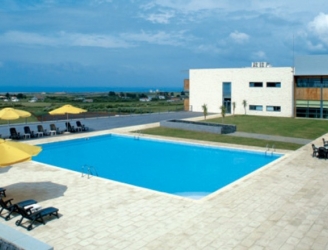
Hotel Colombo
from £1085
A medium sized modern property, Hotel Colombo is on the outskirts of the small town of Vila do Porto, in a pretty location...
VIEW DETAILS